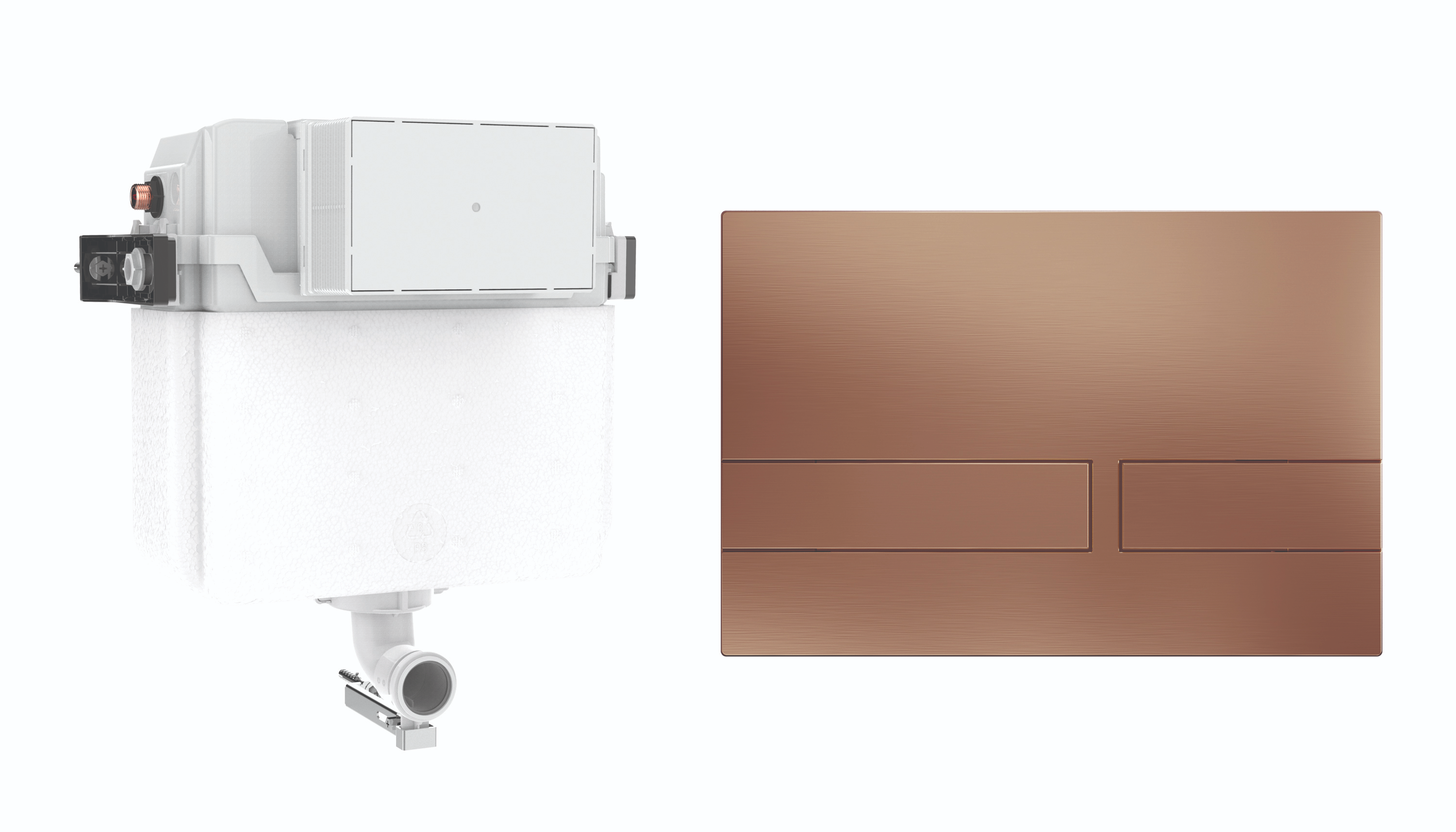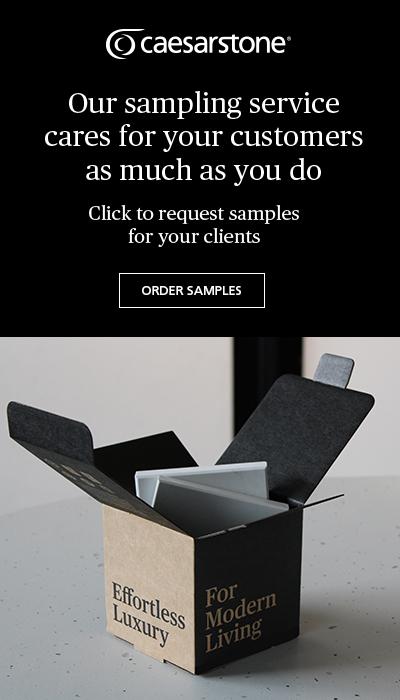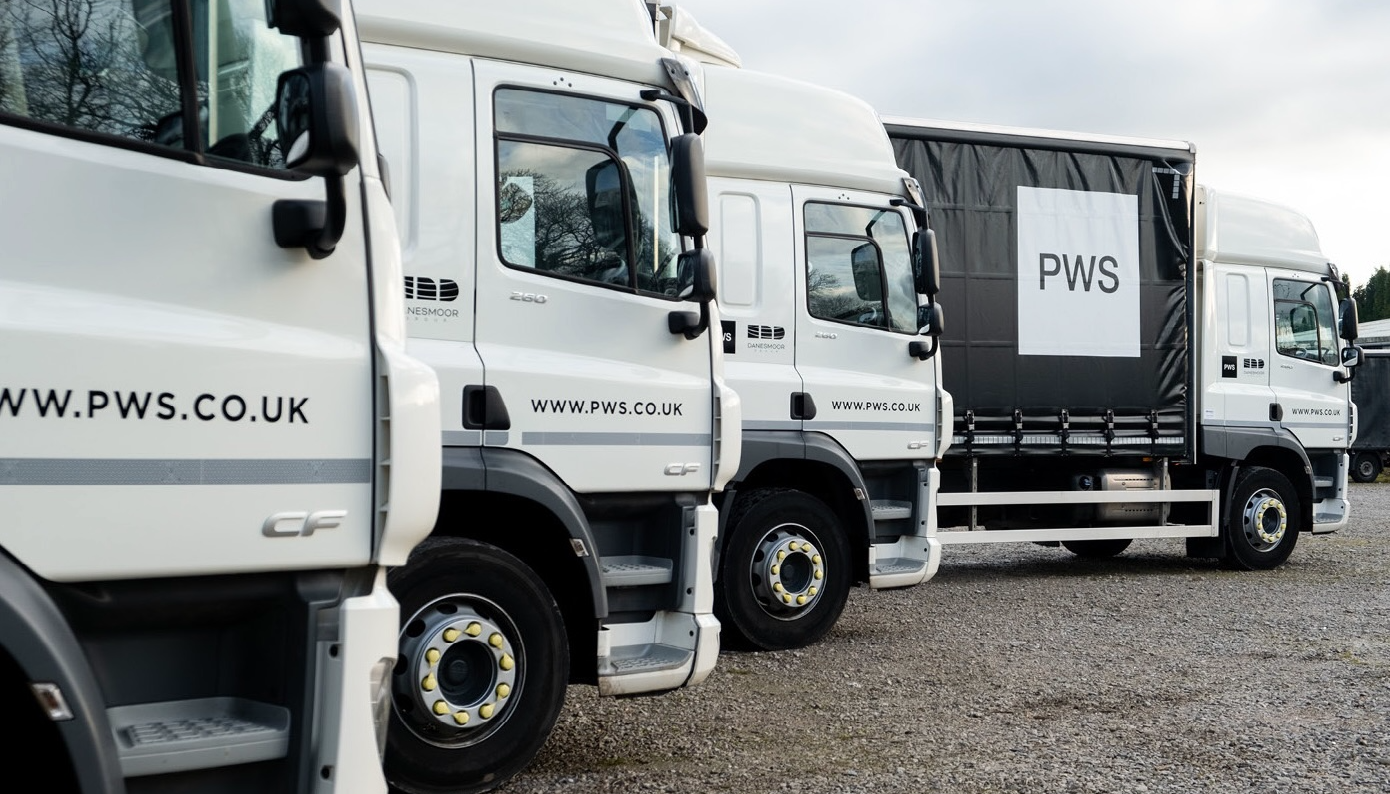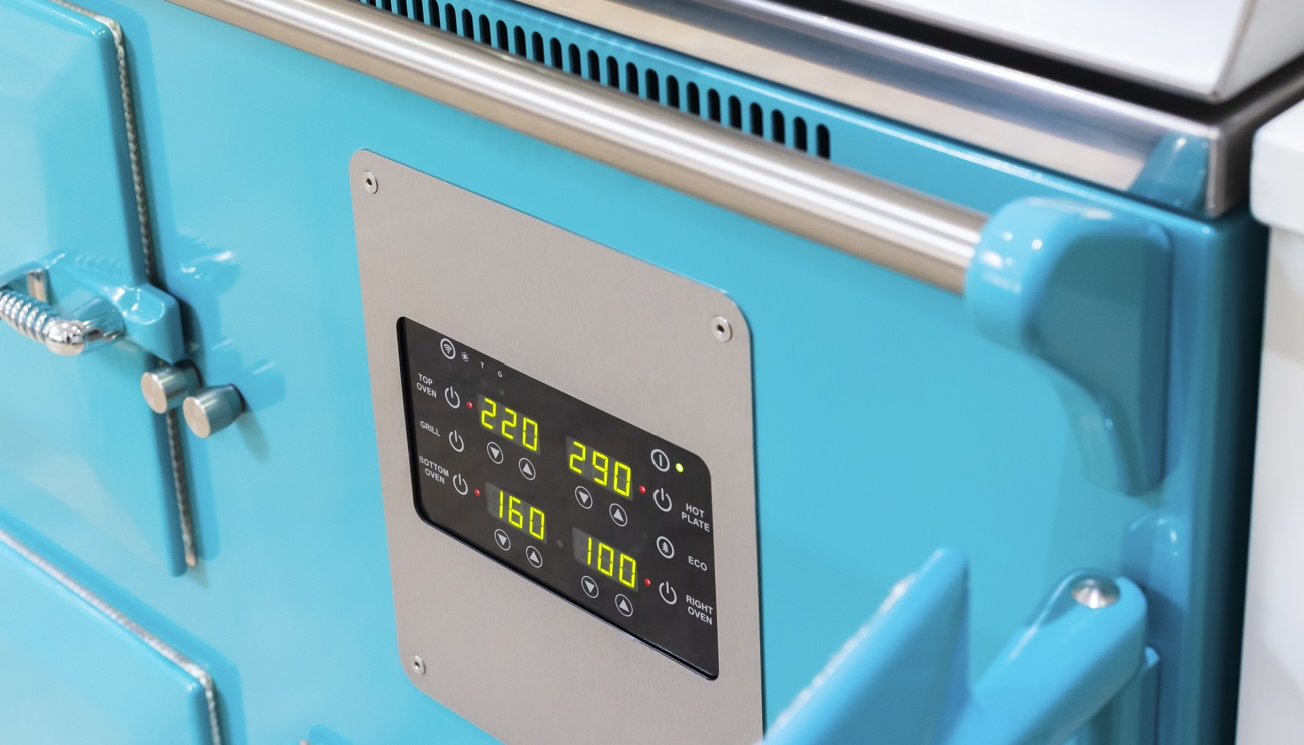Everything you need to know about 2021's new energy labelling system

Everything you need to know about 2021's new energy labelling system
From 1st March 2021, any new dishwashers, washing machines, washer-dryers, fridges and freezers will all have new energy labels. Andrzej Tuleja, general manager UK & Ireland for Whirlpool UK Appliances, explains all you need to know.
So what can you tell us about the new energy labelling system?
The energy label was originally created to help consumers choose the most energy-efficient appliances – with the aim of ultimately reducing greenhouse gas emissions. Products are given a rating, which sits on a traffic-light scale; the higher the rating the more efficient the appliance. These brightly coloured labels are now a familiar sight in shops and showrooms.
However, as appliances have become more efficient, the existing labelling system has grown more complex to mirror the advances in technology. For example, additional ‘+’ classes were added to describe products that surpass the original A rating. The current scale of efficiency is from A+++ to D.
To simplify the labelling system, the current plus classes, (A+++, A++ and A+) will be replaced with a clearer energy consumption scale from A to G. The new scale will still use the current seven-step colour scale, although this doesn’t mean appliances with a current A+++ rating will automatically be at the top of the new scale. With the new energy label comes changed measurement methods that will make it more difficult for products to be classified with the best energy rating. This will encourage the creation of increasingly resource efficient appliances and challenge all manufacturers to place a focus on water and energy efficiency.
When is the new system coming into effect?
The new framework is to be introduced from March 2021. The transition to the new labels will take place in stages.
From the second half of 2020, there will be a transition period when appliance manufacturers will need to include both the new label and the old label in the product packaging for any product placed on sale before the deadline of the 1st March 2021.
The first appliances that will bear the new energy labels from March 2021 are dishwashers, washing machines, washer-dryers, and refrigerators, including wine storage appliances, and freezers. After 1st March 2021, any new products in these appliance categories brought to market will be sold only with the new label.
Other product categories, including ovens, tumble dryers and specialist cooling appliances, will transition to the new label from 2022, so the older style label will still be displayed on these products until that point.
How do you think consumers will benefit from the new energy label?
The new energy label will make it simpler for consumers to choose the most energy efficient appliances by making it easier to compare an appliance’s resource consumption against another. Each new label features a QR code that consumers can scan with their smartphones to get the clearest-ever understanding of a product’s energy performance and other characteristics.
For us, the new energy labelling framework means a bold opportunity towards greater sustainability.
How can retailers manage these changes?
Whirlpool UK Appliances Limited is dedicated to supporting retailers by embracing the new framework and educating consumers on the changes that are to be made.
Whirlpool UK has created consumer leaflets and landing pages on the Whirlpool, Hotpoint and Indesit websites, which retailers can utilise to explain the changes to consumers.
Tags: features, insight, whirlpool, appliances, energy labelling


























